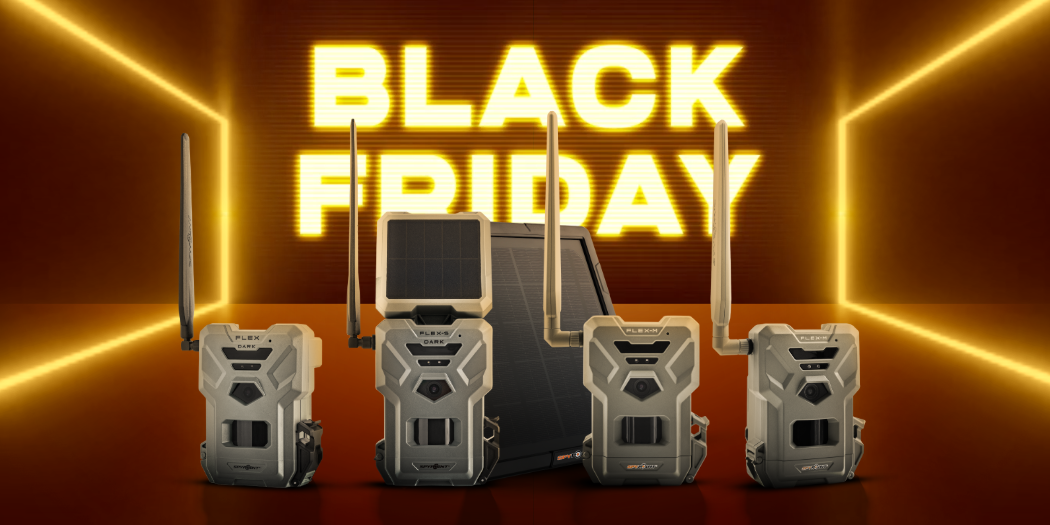
If you're like many hunters, at season's end, you’ll bring your gear in from the woods and start thinking about spring fishing, turkey hunting, or family vacations. You may also bring your trail cameras home as well, but not leaving your trail cameras out all year is a big mistake. Here are five good reasons you should keep those cameras out all year long.
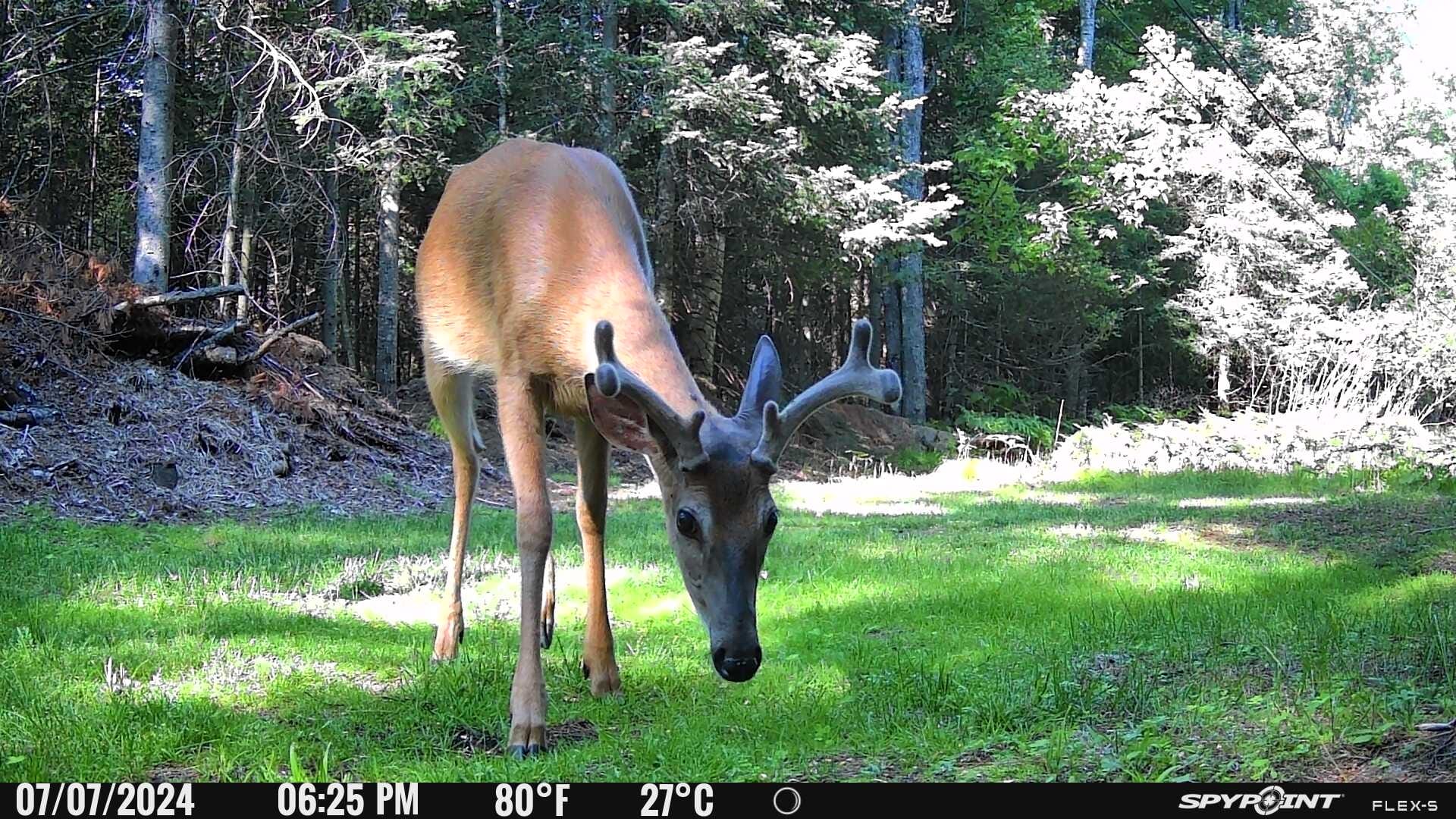
1. Overall Land Management
At its core, hunting is a management tool. No matter what size parcel you are hunting, you need to understand the overall ecosystem to ensure you are making the best decisions so you can enjoy a quality hunting experience over time. Keeping your trail cameras out all year and monitoring them gives you a better understanding of how deer are using your property so you can make the best land management decisions possible.
Year-round monitoring also lets you keep an eye on how other wildlife is using your land. Those non-deer species can really impact how the deer use your land as well, and it’s easy to forget to monitor those species when you are focused on deer during deer season.
Trail cameras aren’t just a hunting tool, they are a management tool, and land needs to be managed all year long, So, if you aren’t using cameras all year long, how can you know you are making the best land management decisions possible?
2. Predator Management
With crops out and cover down, predators are easier to spot in the winter. If your cameras are still in the field, the extra energy they have to put into finding their next meal will work in your favor and give you the chance to evaluate predator numbers to see if some late-winter predator hunting or trapping needs to be on your radar.
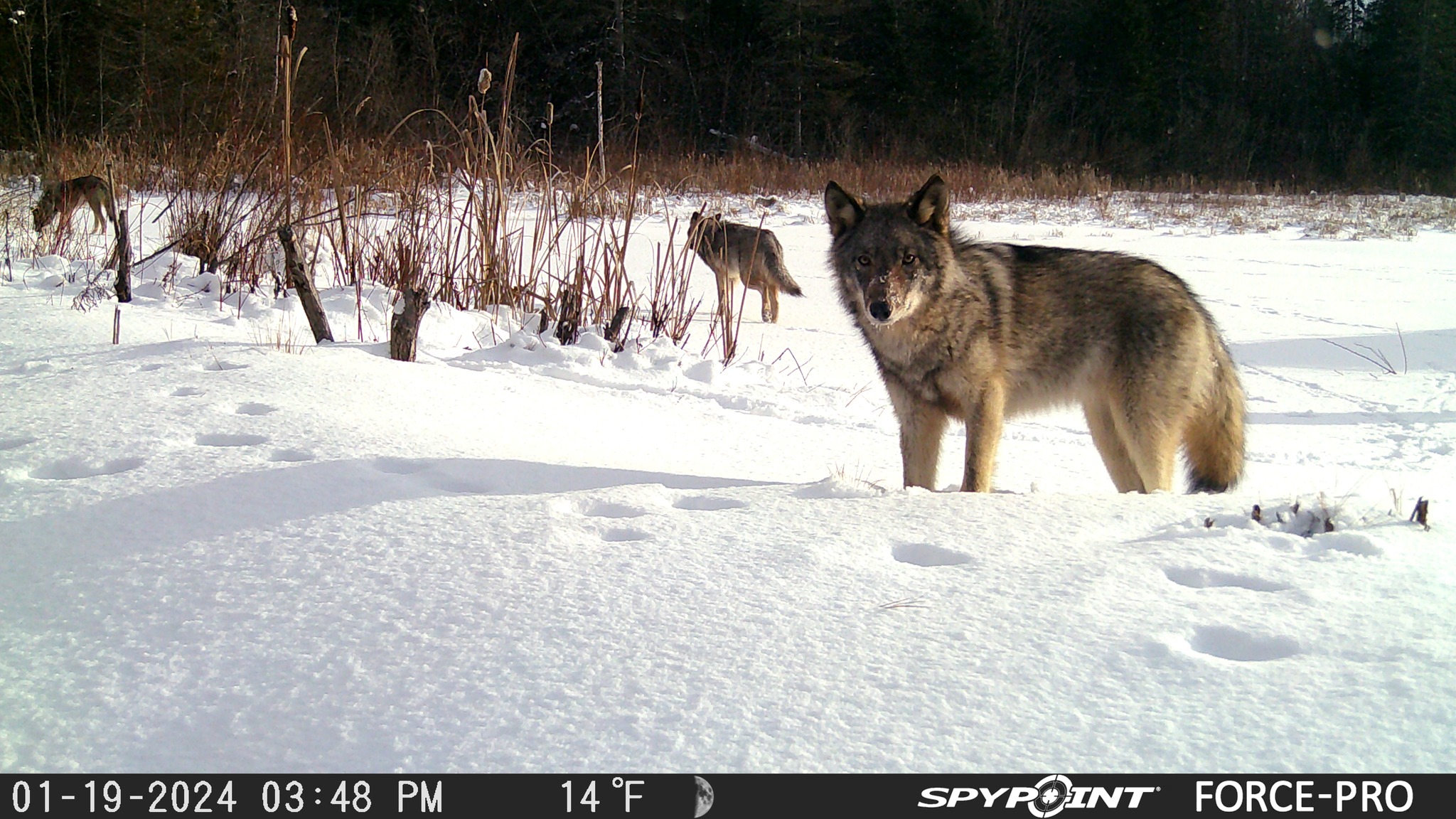
Recent studies have proven what we have always suspected: coyotes are hard on spring fawns. That said, coyotes aren’t the only predators to keep an eye on. Nest raiders like raccoons and opossums can all but wipe out an entire generation of spring poults before they even hatch. With fur prices down across the country, hunting and trapping for furbearers has slowed, and populations have exploded.
As a responsible steward of your hunting property, you should be monitoring predators that affect game populations of all types. Keeping your trail cameras out after deer season ends will enable you to monitor what is happening with other species on the property and help you make the best decisions to promote overall land health.
3. Shed Watching
Timing your shed hunting properly is the primary driver in a successful shed hunting season. Start looking too early, and you’ll blow the deer off your property before they drop; go too late, and you could miss them altogether. Knowing that, why guess when the bucks are losing their antlers? This is where your trail cameras can come in handy yet again.
Watching your cameras as January and February drag into March can let you know when the time is right to go find those precious antlers. With multiple cameras on a property, you might even be able to catch a buck half-cast or see him twice the same day, once with and once without antlers, to let you know exactly where to focus your efforts.
Late winter is a stressful time for deer, especially bucks worn down from the rut. The last thing you want to do is go poking around your property at the wrong time, causing them more stress. Let your trail cameras tell you when the time is right for finding sheds.
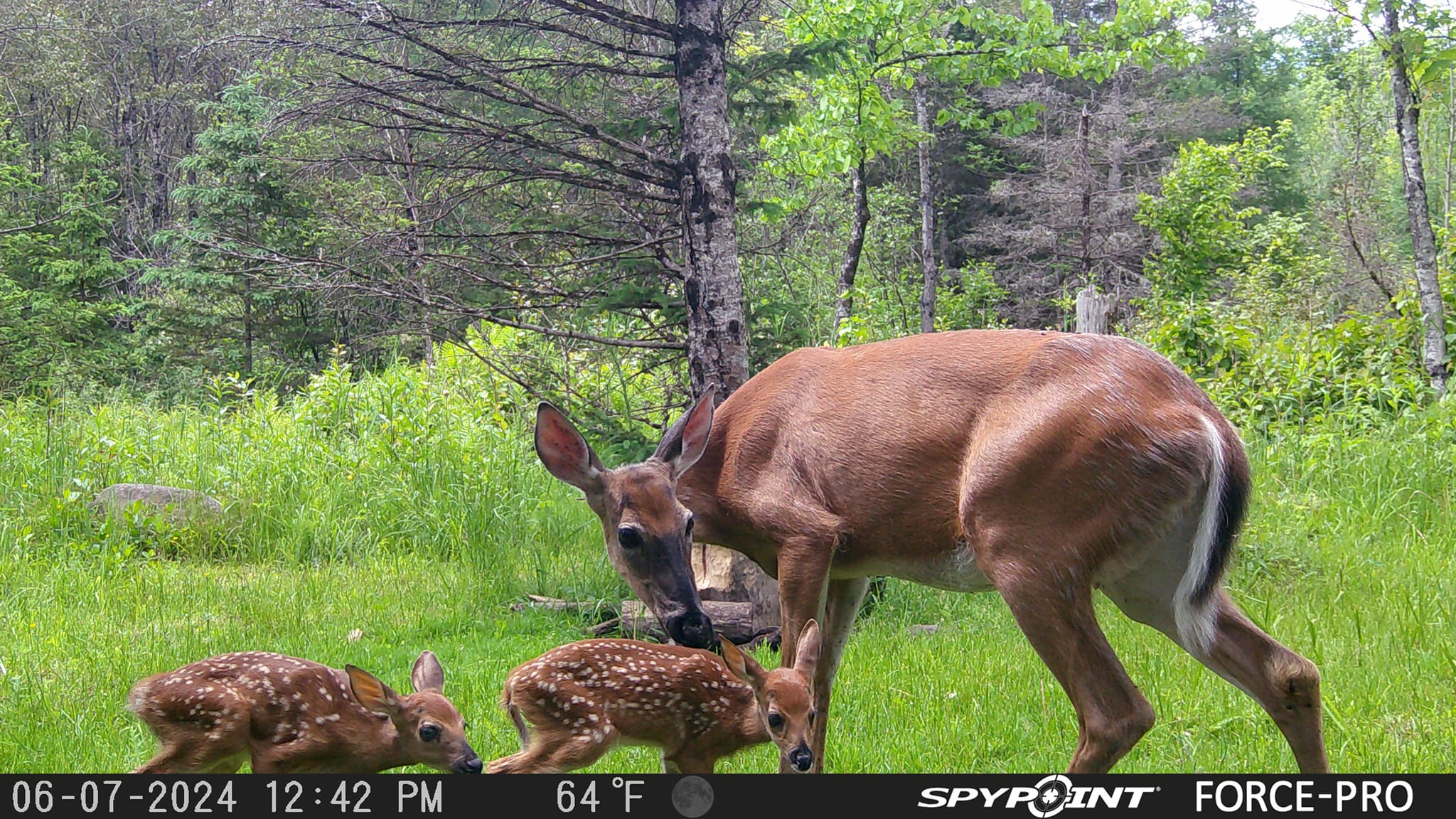
4. Fawn Recruitment
With the cold and snow of winter behind them, the does start preparing to drop their fawns.
The rut is timed to give deer several advantages. The first is to flood the woods with as many fawns as possible all at once. Much like the hordes of sea turtle hatchlings that crawl to the sea, the sheer number of young appearing at once helps ensure that more of them make it to a defensible age. Secondly, the rut is timed to allow adequate cover to grow by the time the fawns are on the ground so they can stay concealed during those first few weeks of life when they are so vulnerable.
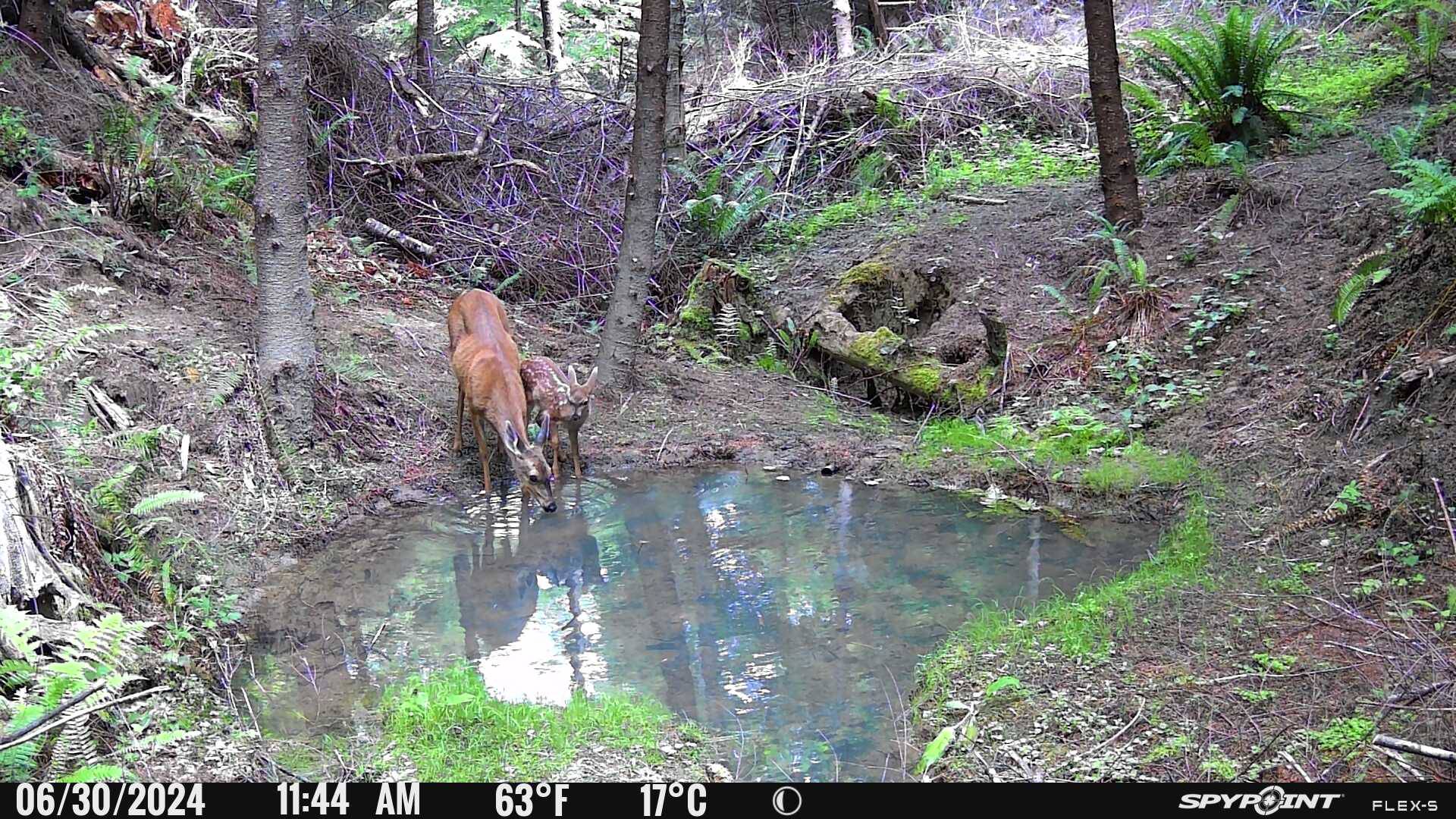
As the fawns start to arrive, monitoring the health of the does and the fawn recruitment can help you make better hunting decisions once fall arrives. Is it time to start taking more does out of the herd? Do you need to let the numbers rebound? Did predators take a toll on this year’s fawn crop?
All these questions can be answered, at least in part, with the help of trail cameras. Keeping tabs on the does and fawns before the bucks start to show their antler potential can give you the critical information you need to manage that side of your herd once fall arrives.
5. Nature Watching
Leave your trail cameras out long enough and you’ll start getting photos of all kinds of things that you never expected. Stories of people capturing photos of animals they had no idea were even in the area come out every year. From mountain lions and bears to songbirds, you can see a wide variety of wildlife, learn more about the ecology of your hunting property, and maybe even strike trail camera gold by capturing a once-in-a-lifetime photo.
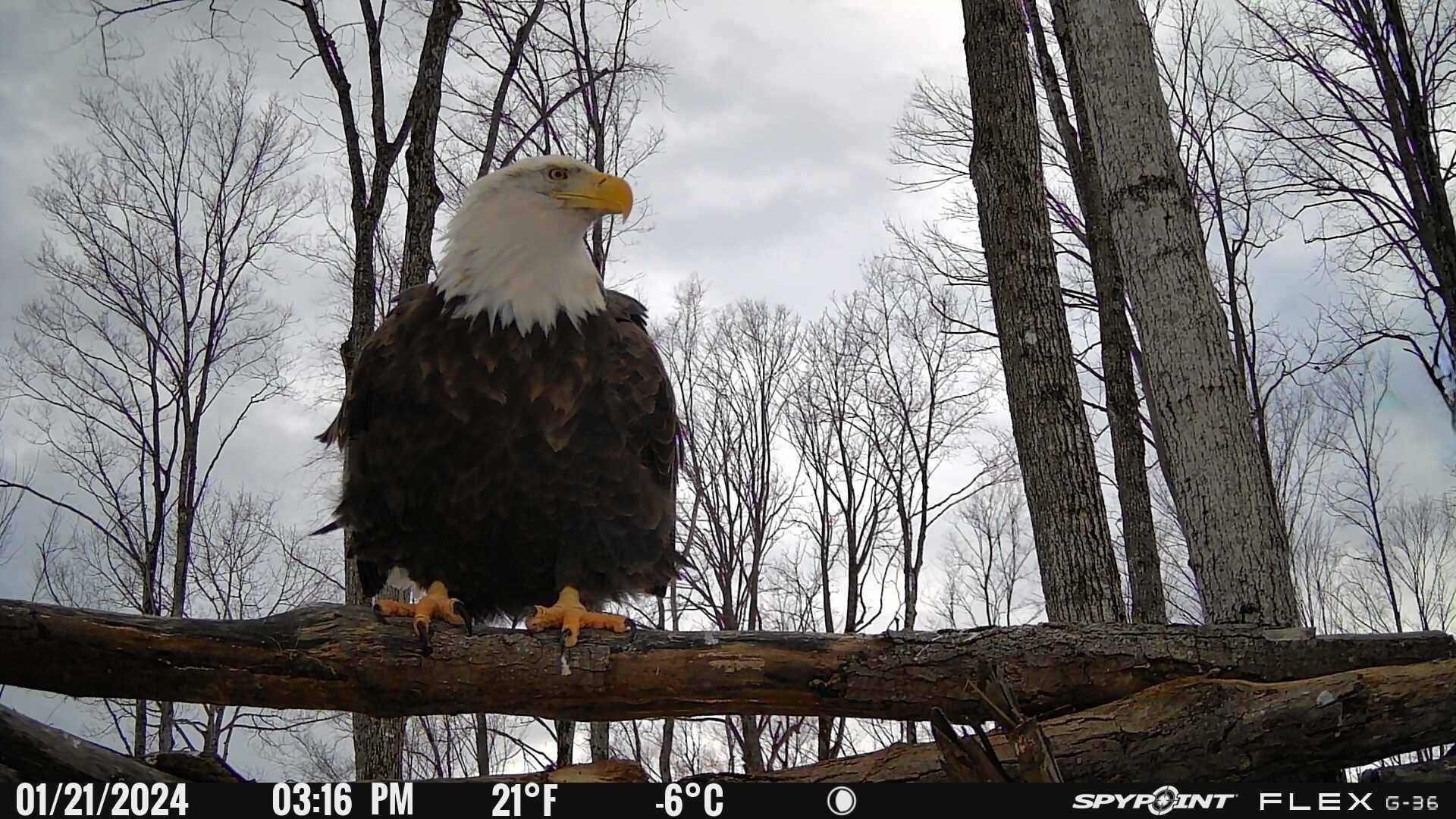
While getting pictures of a quality buck is always exciting, as time goes on, I’ve come to appreciate the photos of things other than deer as much as anything. There’s so much going on in the woods, and so much of it we rarely get to see. Trail cameras allow us to be there every minute of every day while still going about our everyday lives, but if your cameras aren’t in the woods, you're out of luck. Keeping your cameras out all year gives you the best chance to be fully informed of what is happening at your hunting property. Trail cameras are invaluable tools, but if they aren’t deployed to do their job, you won't have the chance to reap the benefits they have to offer.
When it comes to cellular cameras, being in the field is great, but to really get the most out of these amazing tools, you need to have a photo transmission plan activated. SPYPOINT has always done its best to make photo transmission plans as affordable as possible for all hunters. Serious land managers and casual nature watchers alike can enjoy the benefits that come from the annual SPYPOINT Premium photo transmission plan. If you’ve been one of those people that brings their cameras in for six months out of the year, consider keeping them out and transmitting year-round to see all the action you’ve been missing out on. It may just change your strategy for next fall!
To learn more about SPYPOINT photo plans, visit www.spypoint.com/plans.


